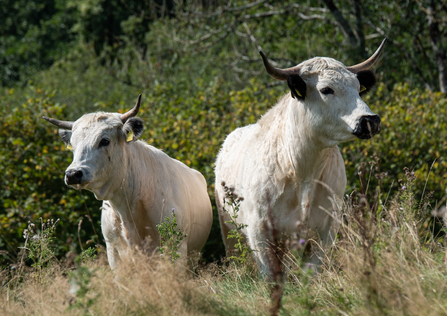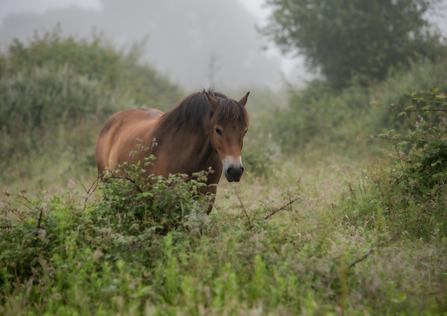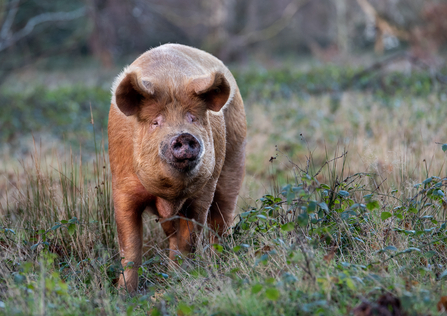A topic charged with emotion
The debate around land use, especially rewilding and farming, is a deeply emotive and often polarising one. This is understandable, given that there is so much at stake. It is a minefield of perceived trade-offs, losses and gains, pitting one person's values against another's. At Tir Natur, a recently formed, Welsh rewilding charity, we always try to tread this minefield with sensitivity and respect to all involved.
On the one hand, wildlife numbers in Cymru are in freefall and the climate emergency grows ever more threatening. This triggers feelings of anxiety, fear and especially guilt. It compels us to act, to demand more from ourselves, our governments and our land managers. Producing food, especially for its own sake, is no longer enough, as it has been for the past few decades. There is now a desperation from communities across the country to recover the bio-abundance that previous generations enjoyed and that future generations can be accustomed to.
This desperation is generated by a collective understanding, across society, that time is running out. Emotion is charged.
Here in Cymru, a country whose cultural connection to the landscape is as profound as any other, farmers may well fear that in pursuit of more nature, a price must be paid; a terror that the balance is shifting. As recent protests demonstrate, our farmers feel that they will have to pay that price.
There is a fear that the pursuit of nature recovery and climate mitigation will undermine food production, which for so long has been paramount to a farmers’ sense of pride. There is a fear that the pursuit will impact the agricultural economy in Cymru and, by extension, rural communities and the Welsh language. There is a fear that the pursuit will mean a shift in the aesthetic of the landscape, which has been shaped and sculpted by generations of agricultural activity.
There is a fear that more wild means less Welsh. Given that the Welsh word for culture, ‘diwylliant’ literally translates to ‘un - wild’, the basis for this fear runs deep. Emotion is charged.
However, in the whirlwind of emotion, as everyone defends their beliefs, trenches get dug and nuance is often lost. This is no more true than of the debate in Cymru around rewilding and farming.
By its broadest definition, rewilding looks to restore ecosystems to the point where nature can be self-governing. Admittedly, this does seem to present an antithesis to farm activity or food production. However, scratch beneath the surface and this is evidently not the case. In fact, rewilding provides us with solutions to the very problems it is sometimes accused of creating.




